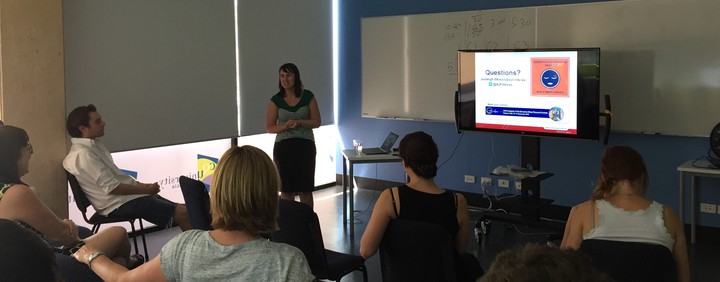Sleep-related crashes

Over a series of investigations I have worked with police recorded crash data, and self-report experience of those who have had a sleep-related crash to identify common characteristics of these crashes. Our findings have shown that:
- Sleep crashes are more common on high speed roads than low speed roads.
- When sleep crashes do happen on low speed roads they have more severe outcomes than non-sleep related crashes on the same roads.
- Sleep related crashes on low and high speed roads have similar characteristics: younger drivers (16-24y) and males are over represented, and more likely to hit a stationary object and have greater likelihood of severe outcome.
- Sleep related crashes are under reported, many people who have had a sleep related crash stated that the police were not informed.
- Some jurisdictions who recognise the under reporting of sleep related crashes apply a proxy definition making an assumption that all crashes which fit set criteria are treated as sleep related.
- Applying a proxy definition can influence the overall observed characteristics of sleep crashes.